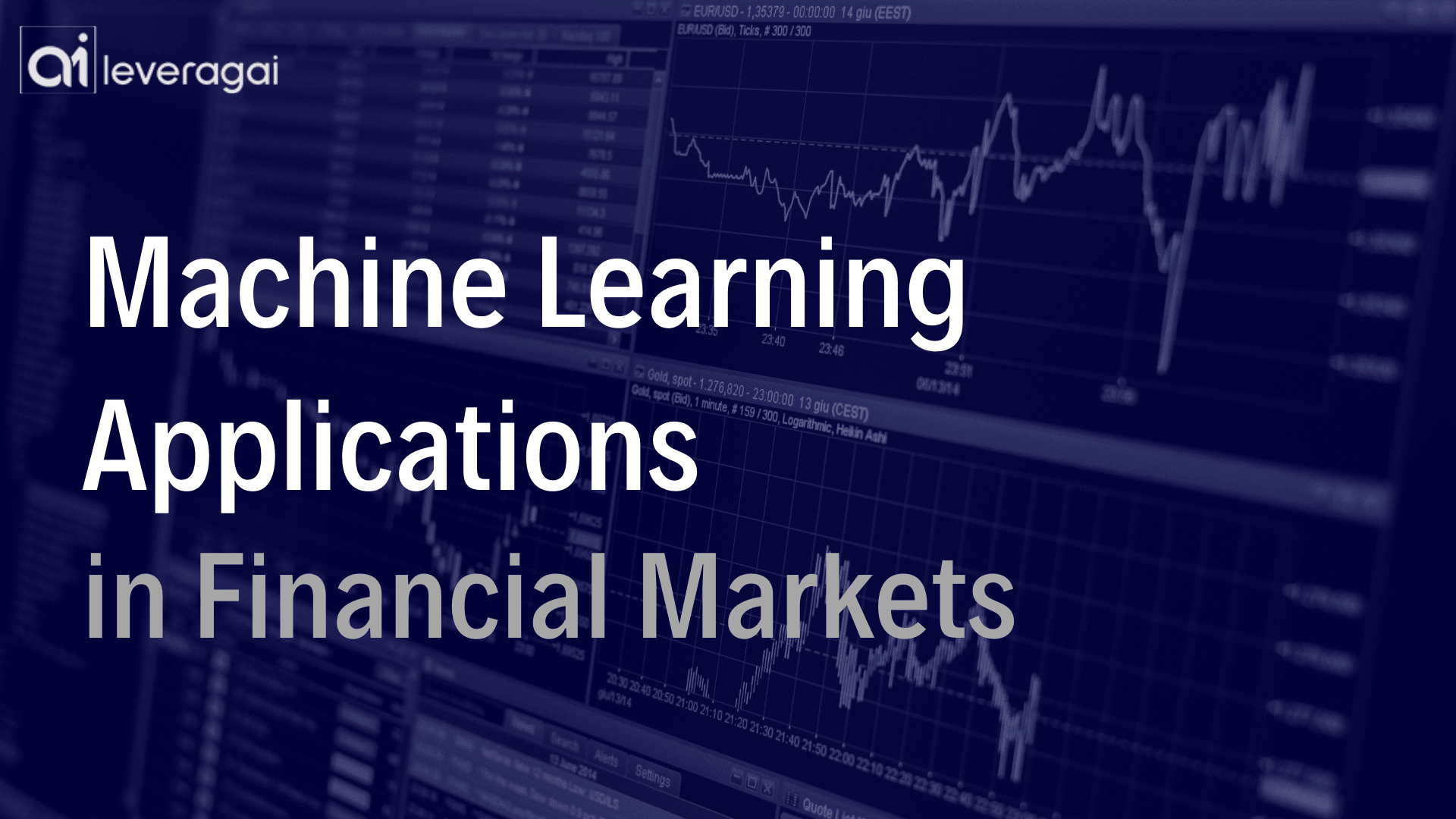Machine Learning Applications in Financial Markets
In the ever-evolving world of finance, accurately predicting the volatility of stock prices is crucial for making informed investment decisions. Traditional asset pricing models, such as the Capital Asset Pricing Model (CAPM), provide a foundational framework for understanding the relationship between risk and return. However, with the advent of machine learning, we now have more sophisticated tools at our disposal to model financial volatility. In this blog post, we will explore how to leverage machine learning in Python to model the volatility of stock prices.
Data Retrieval and Preprocessing
Before delving into modeling, the first step is to retrieve and preprocess our data. For this analysis, we will focus on four prominent companies in the finance sector: Apple (AAPL), IBM (IBM), Microsoft (MSFT), and Intel (INTC). Additionally, we will use the S&P-500 index (^GSPC) as a benchmark for market performance. We'll examine monthly stock prices from January 1, 2016, to January 1, 2020. Here's how you can retrieve this data using Python:
import yfinance as yf
import pandas as pd
tickers = ['AAPL', 'IBM', 'MSFT', 'INTC', '^GSPC']
start_date = '2016-01-01'
end_date = '2020-01-01'
data = yf.download(tickers, start=start_date, end=end_date, interval='1mo')
data = data['Adj Close']
With the data retrieved, the next step is to generate summary statistics to understand the basic characteristics of the dataset. This can be done using the .describe() function in Python:
summary_stats = data.describe()
print(summary_stats)
Examining the summary statistics, we can observe the mean, standard deviation, minimum, and maximum prices for each stock and the S&P-500 index. These initial observations provide insights into the price levels and volatility of the stocks.
The Role of Machine Learning in Financial Data Analysis and The Use of LSTM Network
Traditional models like CAPM focus on linear relationships between risk and return. However, financial markets are often influenced by a multitude of factors, many of which are non-linear. This is where machine learning can offer a more nuanced approach. We will use a popular machine learning model, the Long Short-Term Memory (LSTM) network, which is a type of recurrent neural network (RNN) particularly effective for time series forecasting.
Preparing the Data for LSTM Model
LSTM models require data to be in a specific format. We need to transform our dataset into sequences of observations to train the model. Here’s how you can prepare the data:
from sklearn.preprocessing import MinMaxScaler
import numpy as np
# Normalize the data
scaler = MinMaxScaler(feature_range=(0, 1))
scaled_data = scaler.fit_transform(data)
# Function to create sequences
def create_sequences(data, seq_length):
X, y = [], []
for i in range(len(data) - seq_length):
X.append(data[i:i+seq_length])
y.append(data[i+seq_length])
return np.array(X), np.array(y)
seq_length = 50
X, y = create_sequences(scaled_data, seq_length)
Building and Training the LSTM Model
Next, we build and train the LSTM model using TensorFlow and Keras:
import tensorflow as tf
from tensorflow.keras.models import Sequential
from tensorflow.keras.layers import LSTM, Dense, Dropout
model = Sequential()
model.add(LSTM(units=50, return_sequences=True, input_shape=(X.shape[1], X.shape[2])))
model.add(Dropout(0.2))
model.add(LSTM(units=50, return_sequences=False))
model.add(Dropout(0.2))
model.add(Dense(units=1))
model.compile(optimizer='adam', loss='mean_squared_error')
# Train the model
history = model.fit(X, y, epochs=50, batch_size=32, validation_split=0.2)
Making Predictions and Evaluating The Model
After training the model, we can use it to make predictions and evaluate its performance:
# Make predictions
predictions = model.predict(X)
# Transform predictions back to original scale
predictions = scaler.inverse_transform(predictions)
# Calculate RMSE
rmse = np.sqrt(np.mean(predictions - data[seq_length:])**2)
print(f'Root Mean Squared Error: {rmse}')
Visualizing the Results
Visualization is key to understanding the model's performance. We can plot the actual vs. predicted stock prices to see how well the model captures the volatility:
import matplotlib.pyplot as plt
plt.figure(figsize=(14, 5))
plt.plot(data.index[seq_length:], data[seq_length:], color='blue', label='Actual Stock Price')
plt.plot(data.index[seq_length:], predictions, color='red', label='Predicted Stock Price')
plt.title('Stock Price Prediction')
plt.xlabel('Date')
plt.ylabel('Stock Price')
plt.legend()
plt.show()
Conclusion
Machine learning, and specifically LSTM networks, provide a powerful tool for modeling financial volatility. By leveraging these advanced techniques, we can capture the complex, non-linear relationships in financial time series data, offering more accurate predictions than traditional models.
In this blog post, we walked through the process of retrieving financial data from Yahoo Finance, preprocessing it for machine learning, building and training an LSTM model, and finally, evaluating and visualizing the results.
By utilizing Leveragai's consulting services, you can integrate our solutions into your financial business, gain more precise and insightful analysis, and achieve financial growth through smarter investment strategies.


